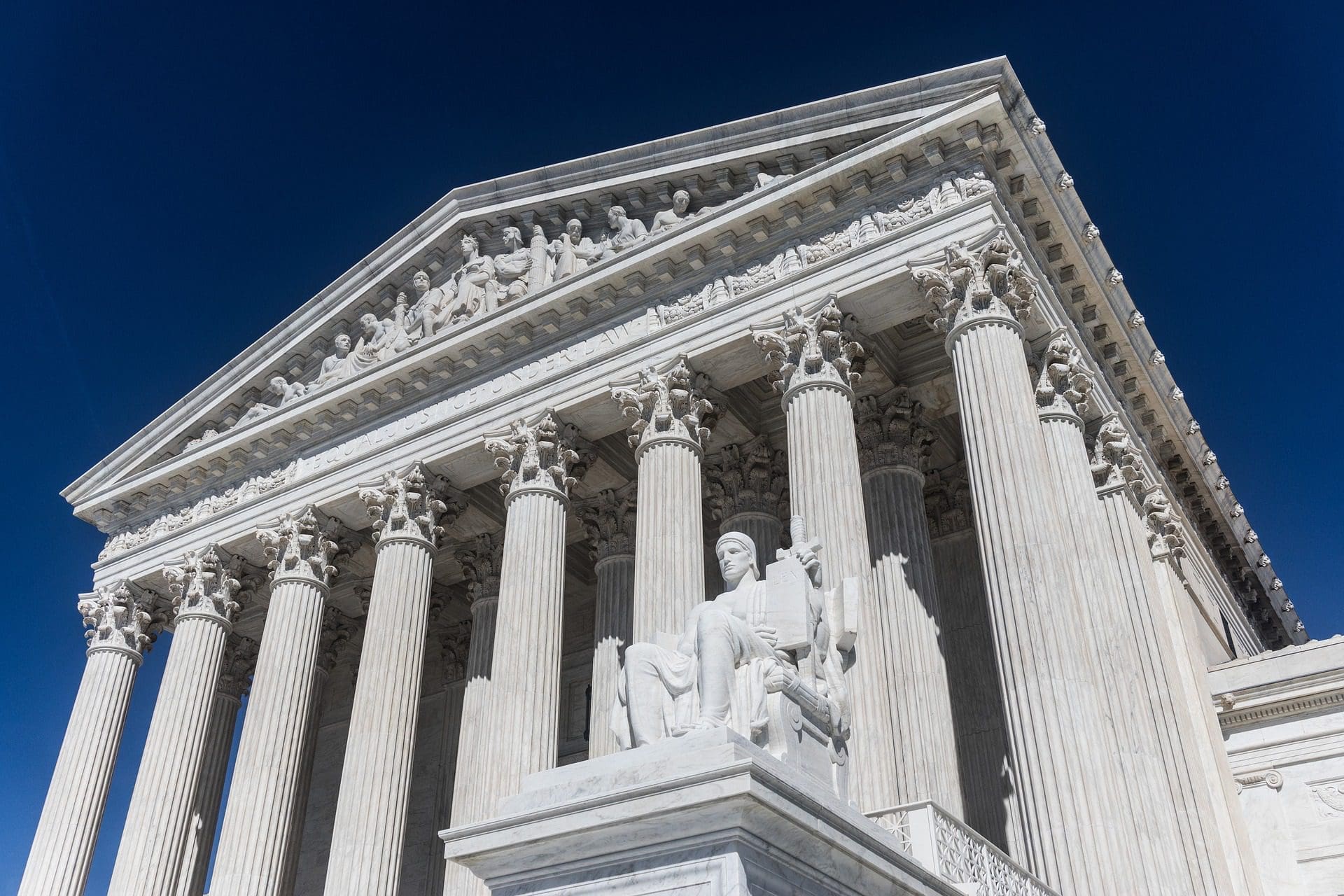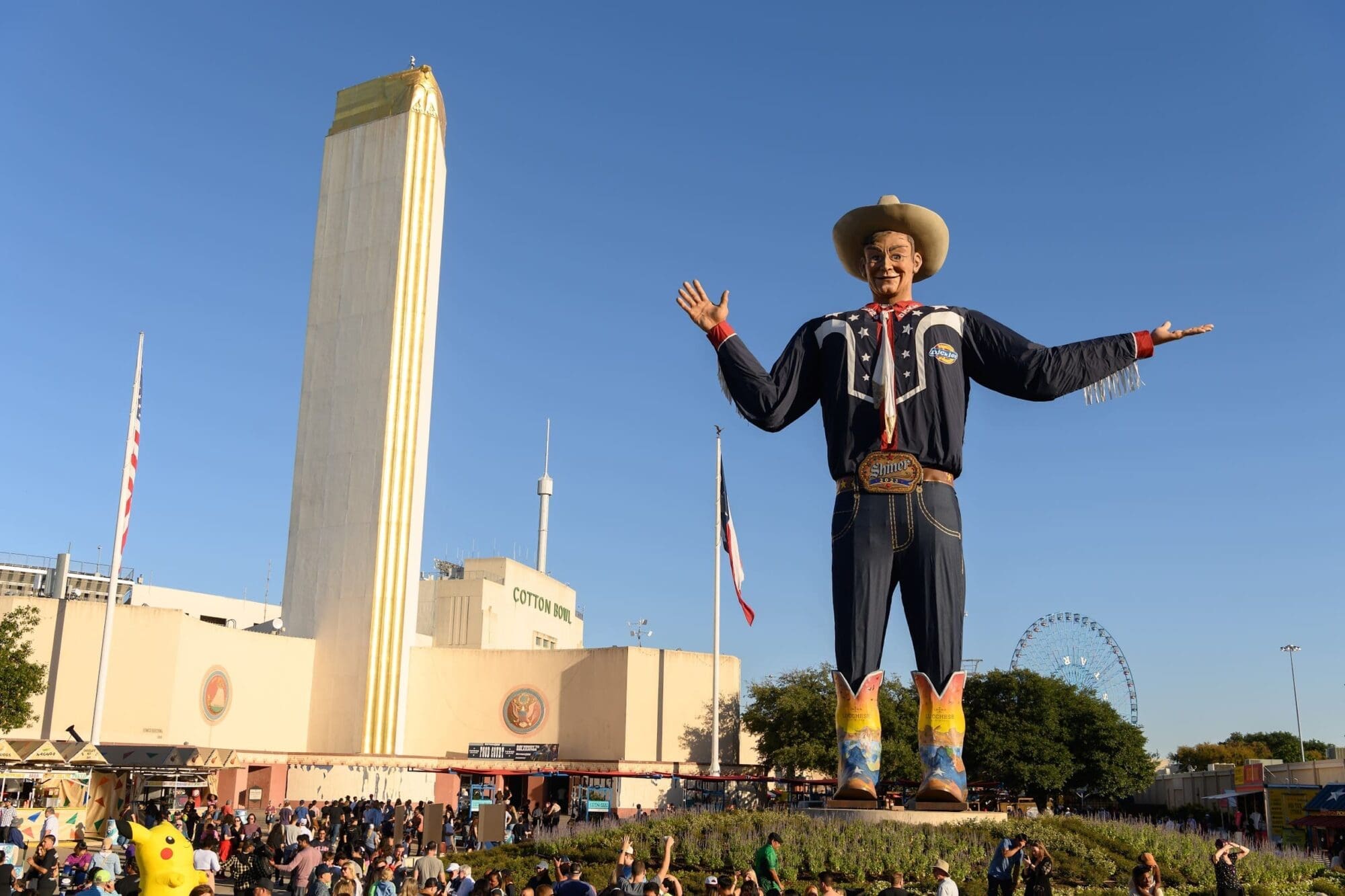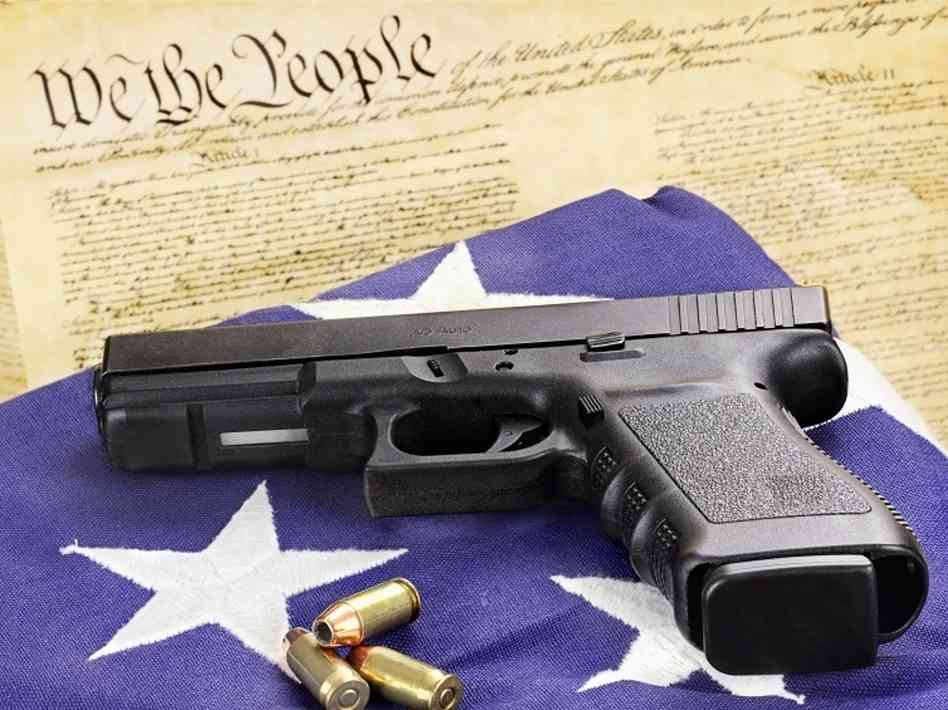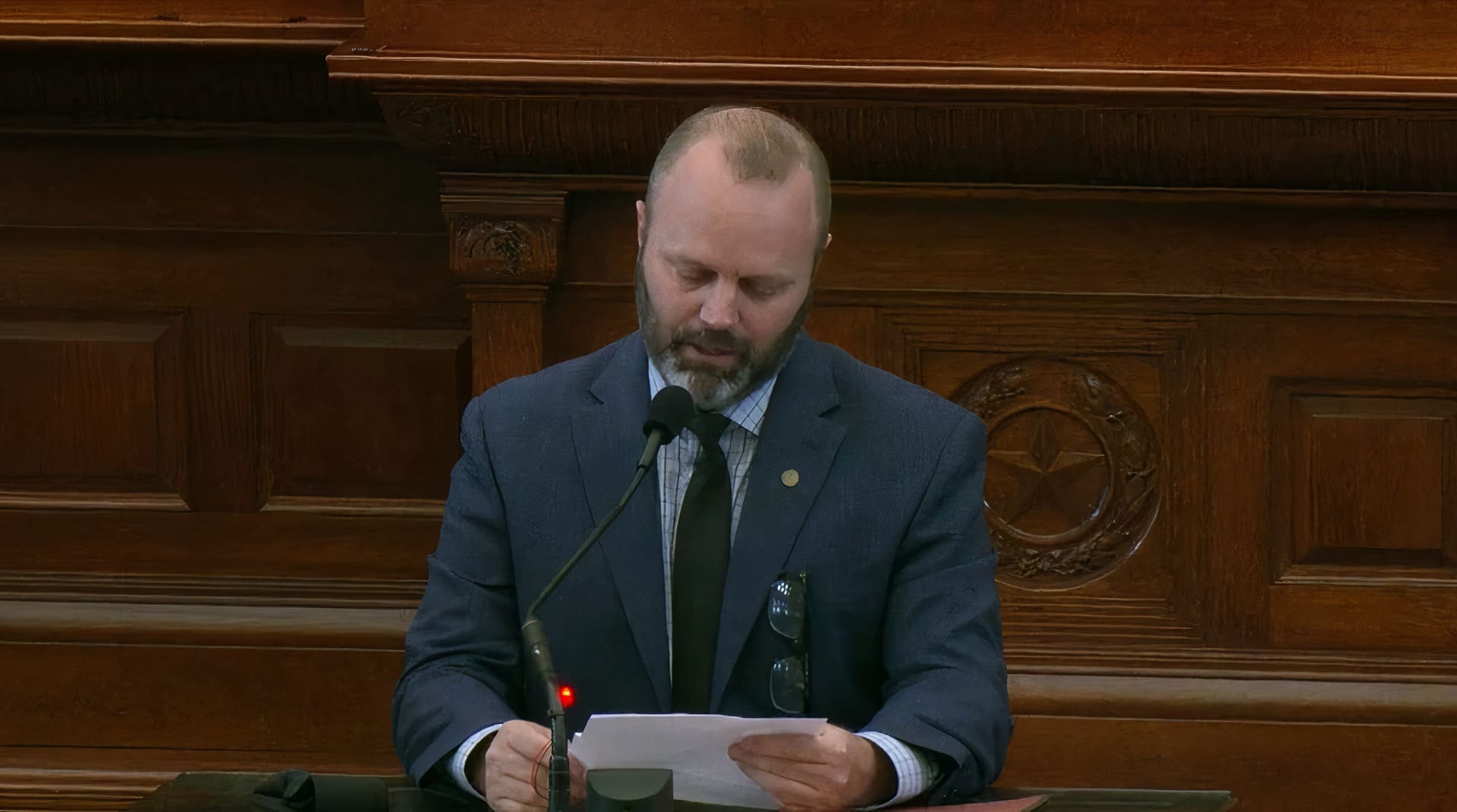The Supreme Court has had a busy April with several First Amendment cases. And finally, the Court ends its decade-long Second Amendment dearth and is poised to hear cases next term—but not the ones many were anticipating.
As written about previously, two much-anticipated 2A cases were on the Court’s docket for consideration: Folajtar and Holloway. Both cases involved felony firearms bans, and the Court ultimately decided not to take them up. In both cases, and like most others in which the Court declines to grant cert, the reasons for denial were not explained.
While this is curious, and especially disappointing given Justice Barrett’s Seventh Circuit decision in Kanter v. Barr, we have New York State Rifle and Pistol Association v. Corlett to look forward to now. On April 26, 2021, the Court granted cert in Corlett, limited to the following question: whether New York’s denial of petitioners’ applications for concealed carry licenses for self-defense violated the Second Amendment.
New York has extremely restrictive gun laws, especially compared to the freedoms we enjoy in Texas. New York bans open carry and has a burdensome licensing scheme for concealed carry, which is at issue in Corlett. New York bases concealed carry licenses on whether a person shows “proper cause” for the permit, but the state does not statutorily define what reasons amount to “proper cause,” leaving much discretion to government officials. As petitioners succinctly point out, “Regimes like New York’s ‘proper cause’ criteria ration constitutional rights instead of protecting them.”
The plaintiffs in Corlett applied for a permit to carry firearms outside of their home for self-defense and were summarily denied. Apparently, in New York, the right to protect oneself from harm is not “proper cause.” While we know from prior Supreme Court decisions (District of Columbia v. Heller and McDonald v. City of Chicago) that the right to possess a firearm inside one’s home for self-defense is protected under the Second Amendment, soon the Court will consider whether this same right is protected outside of the home. So, the same right and same self-defense justification is at play, just in a different location. A distinction without a difference? We’ll anxiously await the answer in this forthcoming landmark ruling.
The Court also heard oral arguments in a consolidated case involving donor privacy laws. Plaintiffs Thomas More Law Center and Americans for Prosperity Foundation, as tax-exempt organizations, are required to report major donors’ names and addresses on IRS Form 990-Schedule B. California passed a law requiring that all charities and nonprofits operating and fundraising in the state must provide the state’s attorney general with a copy of its complete federal tax filing, including an unredacted Schedule B, claiming that this information is needed to regulate charities and prevent fraud in the state of California. Plaintiffs argue that California’s requirement is not narrowly tailored to achieve its stated objective and that this blanket disclosure infringes on a donor’s First Amendment rights of freedom of association and freedom of speech.
In a supportive brief from an unlikely ally, the ACLU urges that publicly disclosing names and addresses of donors subjects individuals to harassment (based on prior history) and will have a chilling effect on donors’ monetary decisions moving forward.
During oral argument, various justices noted the state’s past lax security and “inadvertent” doxxing of donors, with Justice Alito calling the state “grossly negligent” due to past leaks of private information and sympathizing that donors have cause to be wary. Based on the justices’ posture during the hearing, it seems like California’s disclosure law, either in whole or in part, may soon be “canceled.”
Another case involved a Pennsylvania cheerleader who colorfully expressed frustration on Snapchat for not making her school’s varsity cheerleading team. But as the 14-year-old soon learned, the internet is forever; another cheerleader had taken a screenshot of the “snap” and showed it to the cheerleading coach. The cheerleader was suspended.
A 1969 case challenging school discipline for wearing armbands to protest the Vietnam War, Tinker v. Des Moines, tells us that “students do not shed their rights at the schoolhouse gate.” But the case also tells us that schools can regulate student speech that materially and substantially disrupts the educational process. In the famous 2007 “bong hits for Jesus” case, we see that schools can censor off-campus speech (in this instance, speech that promotes illegal drug use) if at a school-sponsored or school-sanctioned event.
But the cheerleader’s speech occurred in her own home and on her own weekend time—certainly not during a school-sponsored or school-sanctioned event.
The school district argues that the internet and social media blur the on-campus and off-campus speech distinction and that a school should be able to regulate speech that is directed at the school and that disrupts the school environment, regardless of where the speech originates—a slippery slope, indeed. And interestingly, the U.S. Acting Solicitor General agrees with the school’s regulation of a student’s off-campus speech, filing a brief supporting the school’s action and participating in oral argument.
As Justice Breyer candidly notes, “She used swear words … off campus. Did that cause a material and substantial disruption? I don’t see much evidence it did. And if swearing off campus did, I mean, my goodness, every school in the country would be doing nothing but punishing.”
We’ll know soon enough if the Court rallies behind the slighted cheerleader, as a decision is expected in June.
This is a commentary published with the author’s permission. If you wish to submit a commentary to Texas Scorecard, please submit your article to submission@texasscorecard.com.





